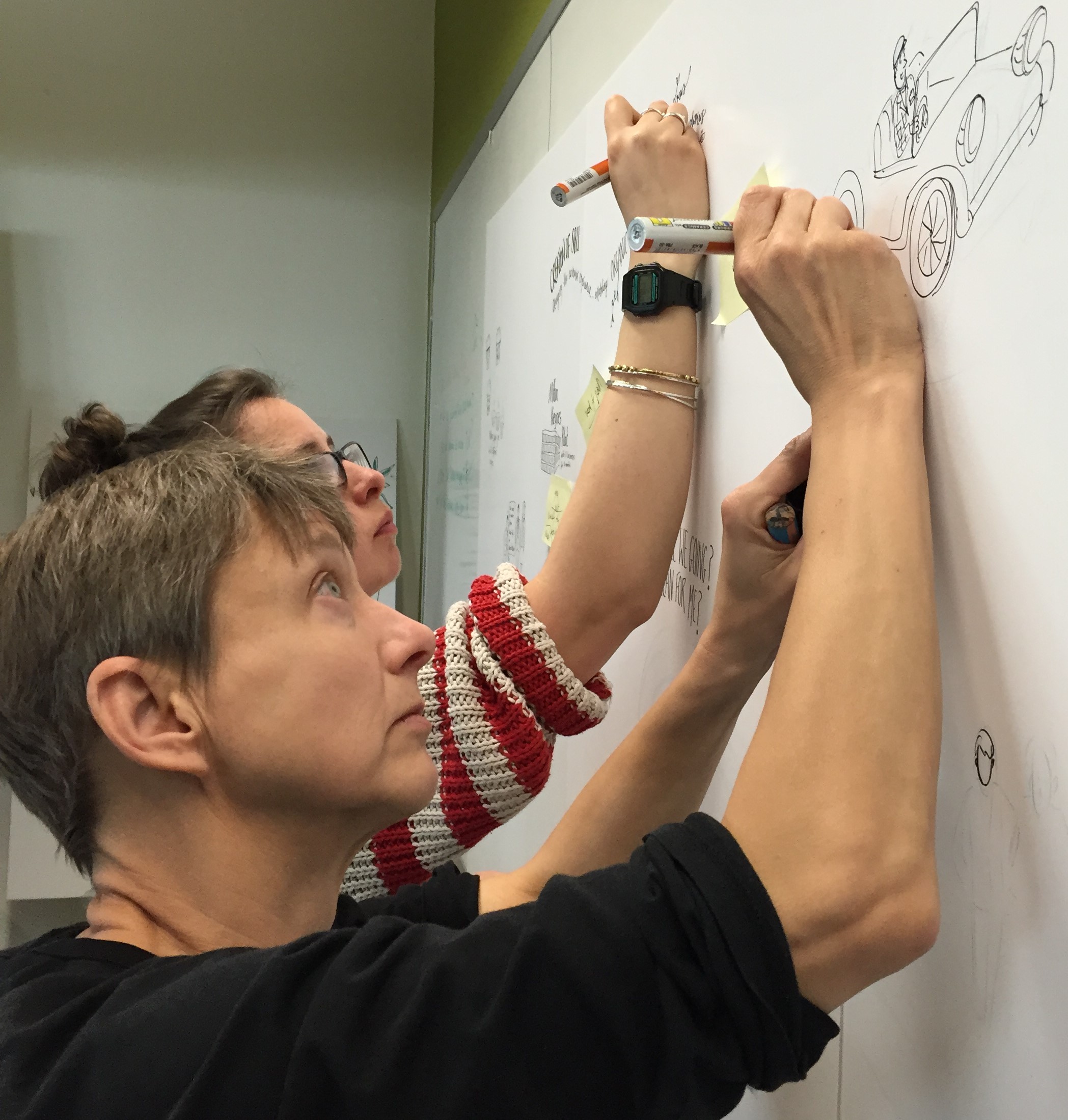
2 CommsQuesters to help facilitate
2 talented artists to illustrate the journey
8 programme members to share the story and key messages
 Having worked with 140 global brands we are convinced that the key reason change programmes have such a high failure rate is because they are communicated from the perspective of programme teams, not the audience.
Having worked with 140 global brands we are convinced that the key reason change programmes have such a high failure rate is because they are communicated from the perspective of programme teams, not the audience.
THE CHALLENGE
Too often the language is ‘programme speak’ and full of jargon. Process is the focus of communication not the impact or outcome – so audiences see the HOW but not the WHY.
Progress is described in milestones or stage gates. And behaviour changes are practically ordered of an audience.
To break this cycle, we ran a workshop with an insurance company’s change team in their brand new call centre; the challenge was to equip the team to pitch their programme.
This seemed simple enough but the programme had been running for over a year, and its reputation wasn’t great, plus the changes were quite complex, and far from interesting.
THE SOLUTION
So we brought together eight programme team members, our artists and a couple of communicators.
We closed our laptops, rolled up the gantt charts and banned Powerpoint for the day. Then we just talked about…
During this time our artists sketched the key points and we captured the language used – after a short while they started talking in metaphors, and using analogies from normal every day life – in other words they started describing the programme in plain English. The jargon vaporised and the passion returned to their voices.
Then over a few hours we worked with the artists to paint a picture of the past before the programme was set up, the present and how the programme formed. Then what it is achieving today, and the future – what the business will look like and the positive impact the change will have on colleagues, customers and suppliers.
We also developed a set of simple speaker notes to accompany the visuals so that any member of the team could deliver it with confidence.
THE OUTCOME
After a bit of tweaking, and lots of peeking from curious colleagues passing the meeting room, we had a 12 foot visual
that revealed a simple, clean and colourful change journey. And of course the visual and script focused on people –
what was needed from them, and what impact their support would have on the business and customers.
They say a picture paints a thousand words, and in our case that’s true, after we gave a quick demonstration the team
were able to tell the full programme story in a couple of minutes using just a handful of prompts. Even our artists, with
no prior knowledge of the programme, could explain the narrative to passers-by.
The visuals have since been used for induction programmes and refresher training for colleagues. And the process has been replicated in a number of forms, and a number of projects already.